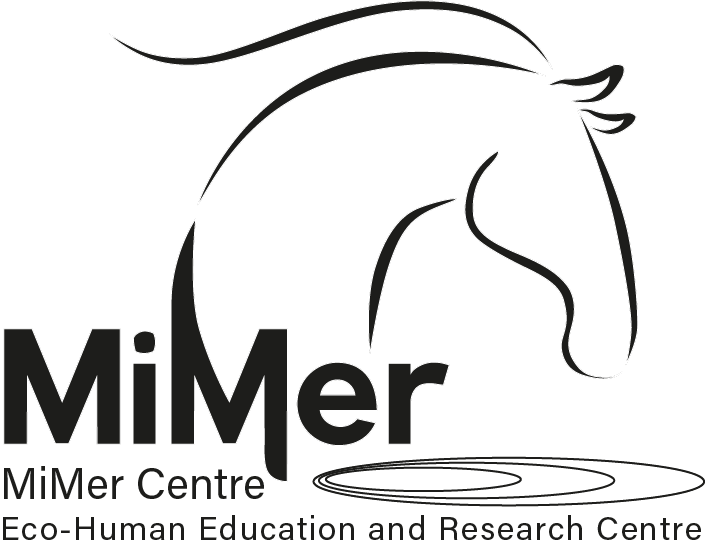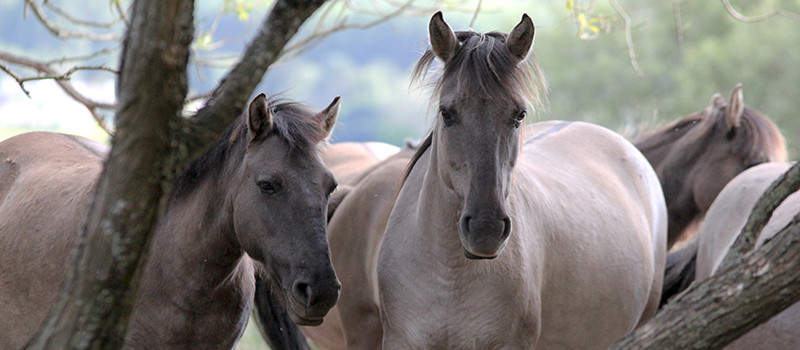For a very long time – I have debated that the one dimensional and linear traditional hierarchies that people tend to see in horse bands (or horse herds) are not there. I have written about it several times before, in book chapters, blogposts and in posts on FB. And now I will come at it from a slightly different perspective.
Maybe we see the hierarchies because we do not know what else to see? It is very hard for most people to see something that they do not know exist. Observing/looking/seeing without any preconceived notions is not possible. But if you do not even know what biases you are likely to have, or even does not know about biases at all, then you will think you see what you see. You will believe your own conclusions, based on your existing knowledge and experiences.
This is why the argument – “I know what I see” – is not valid. As you can only see what you already know about. To see something else, you need to open up for other possibilities.
To help with that I am asking you to think about – can there be other ways horses organize themselves socially than in hierarchies, than having a lead mare or a lead stallion? Can horses interact with each other in other ways than either being dominant or submissive? Can they have other personality trait that goes beyond the dichotomy of dominant/submissive?


